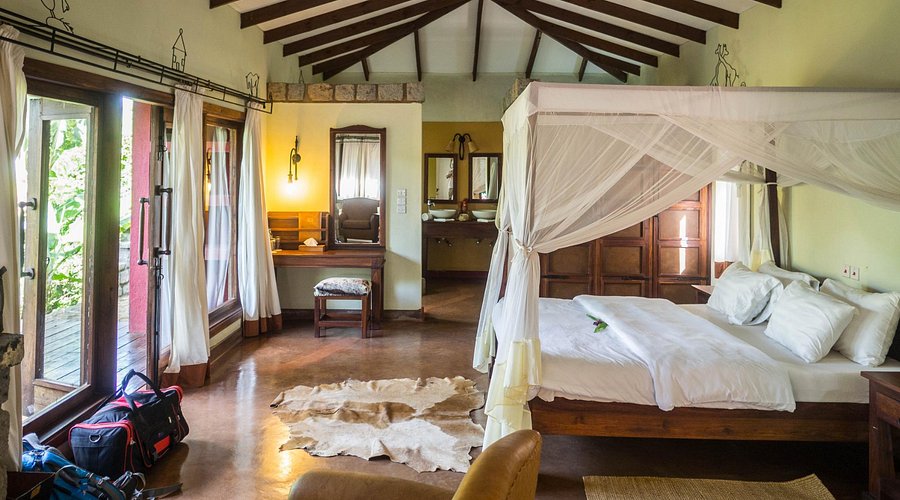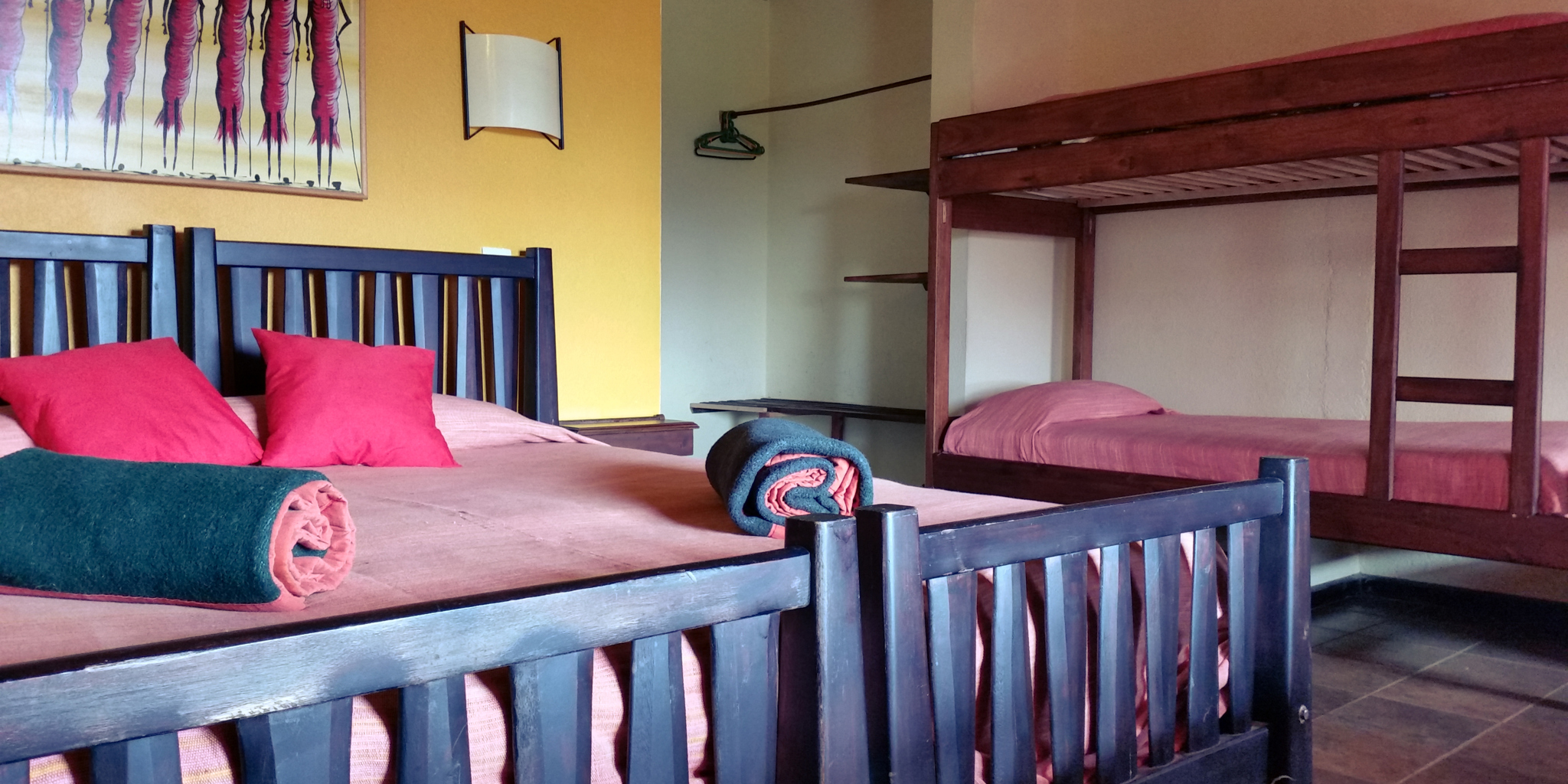
Neebar African Safari
Overview
The Ngorongoro Conservation Area is a globally celebrated UNESCO World Heritage Site located in northern Tanzania. At its heart lies the Ngorongoro Crater — the world’s largest inactive, intact volcanic caldera — spanning over 260 square kilometers and measuring about 600 meters deep.
Known for its breathtaking landscapes and incredible density of wildlife, Ngorongoro offers a unique safari experience. It is one of the few places in Africa where you can see the Big Five in a single day, including the critically endangered black rhino. From lush crater floors to surrounding highlands, Ngorongoro is a haven for nature lovers and photographers alike.
Ngorongoro Crater09.jfif)
Top Activities in Ngorongoro
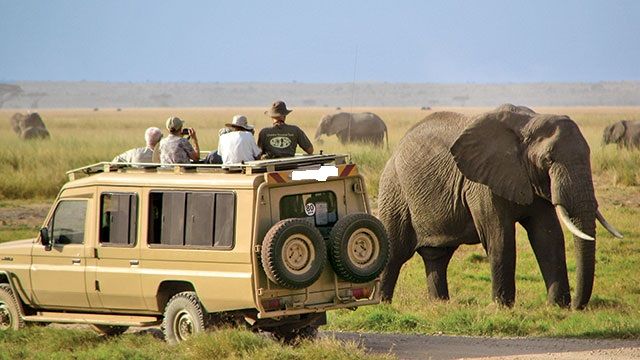
Crater Game Drive
Descend into the Ngorongoro Crater and encounter an incredible diversity of wildlife in a compact area.
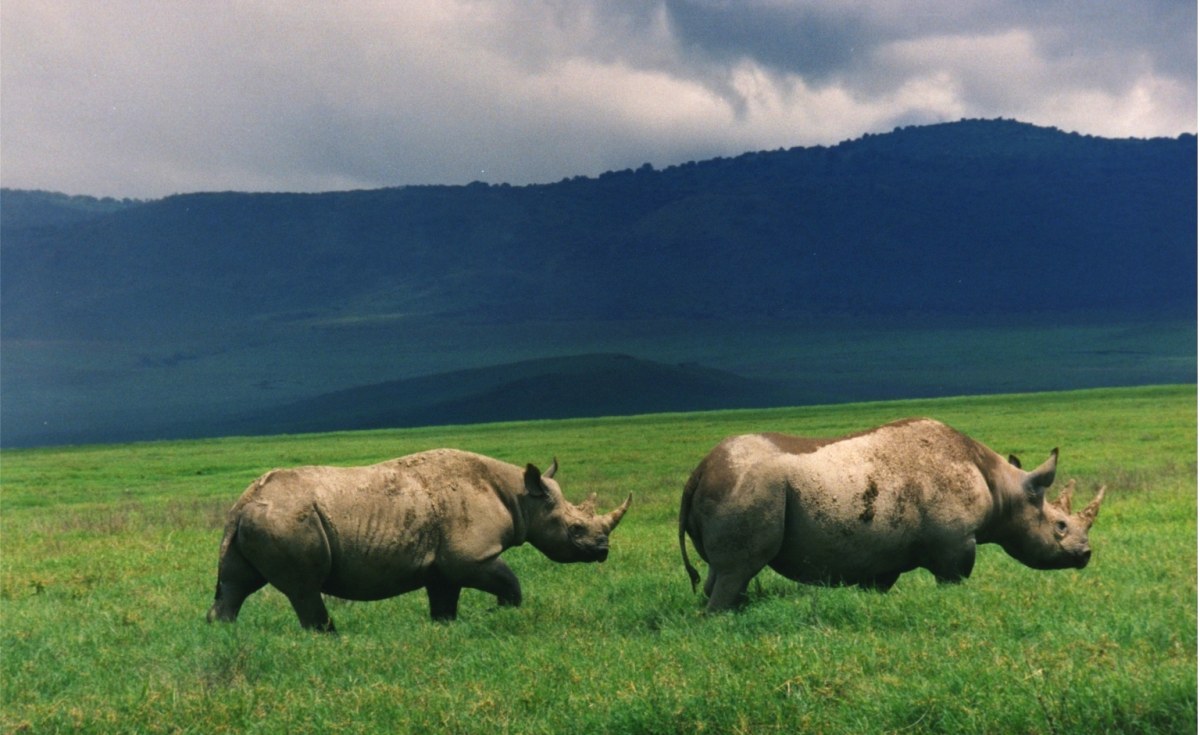
Spot the Black Rhino
Track one of Africa’s most endangered animals in one of its last remaining strongholds.
Hike Empakaai Crater899.jfif)
Hike Empakaai Crater
Take a guided hike down into this stunning volcanic crater filled with flamingos and forest trails.
Crater Rim Camping5849.jfif)
Crater Rim Camping
Camp on the crater rim with panoramic views and the sounds of wildlife below.
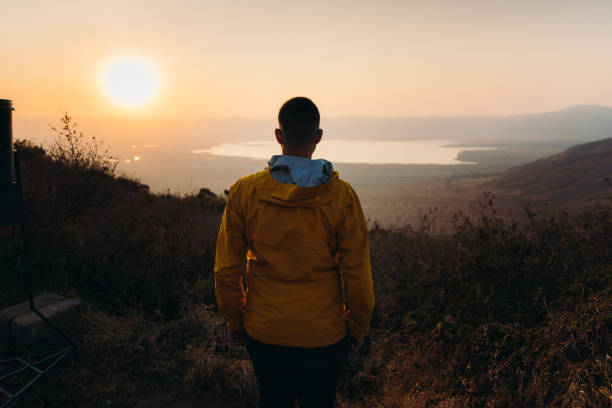
Sunrise Over the Crater
Watch the sun rise over the misty crater, casting golden light on the savannah below.
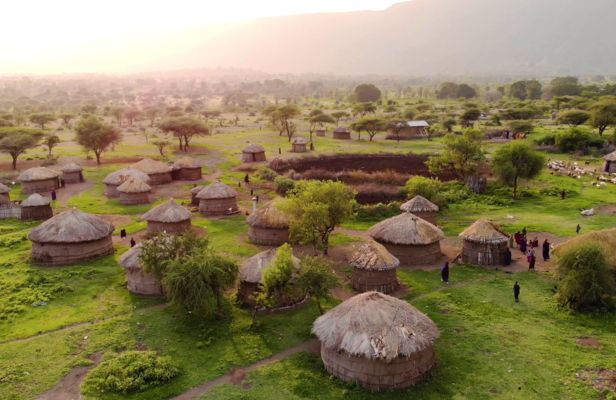
Visit Maasai Communities
Engage with Maasai tribes and learn about their culture, crafts, and traditional ways of life.
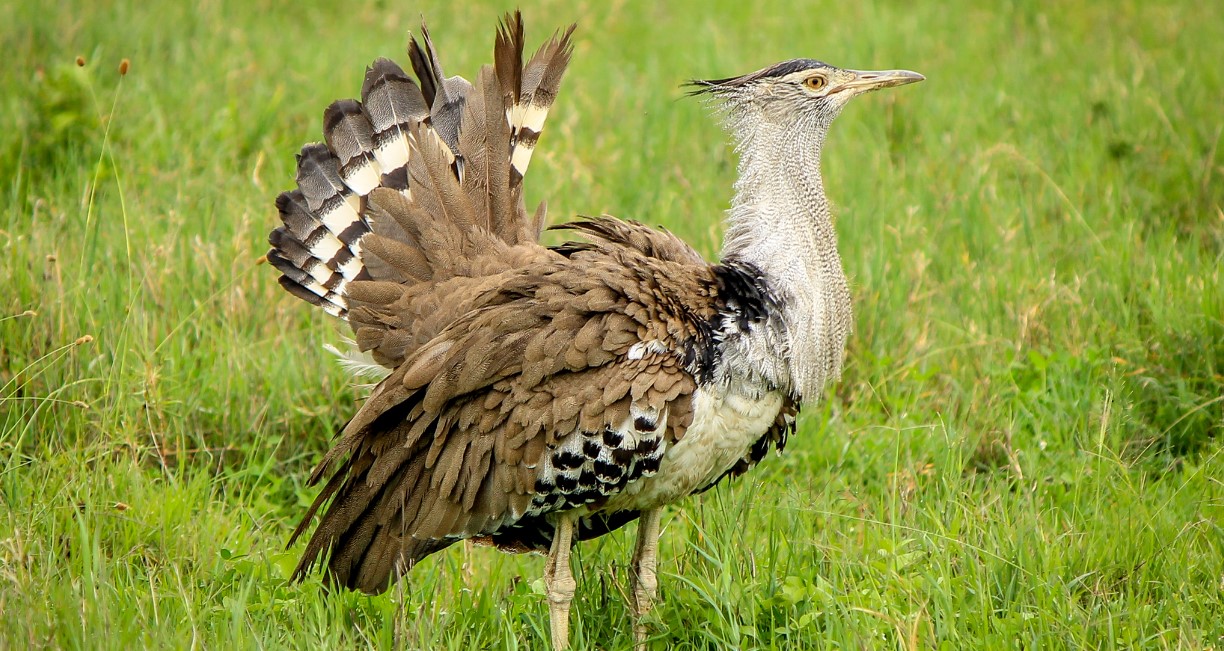
Bird Watching
Spot flamingos, crowned cranes, and over 500 other species around the crater and lakes.
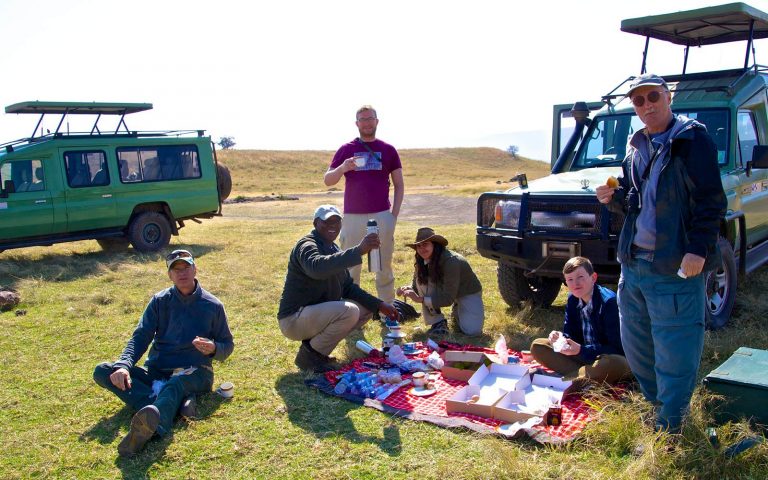
Crater Floor Picnic
Enjoy a packed lunch by a lake on the crater floor, with zebras and elephants nearby.
Discover Ngorongoro National Park
Animals of Ngorongoro
Ngorongoro National Park, centered around the iconic Ngorongoro Crater, is home to a dense population of wildlife including black rhinos, elephants, lions, wildebeests, zebras, hyenas, and flamingos. The crater acts as a natural enclosure, offering a unique and concentrated safari experience.
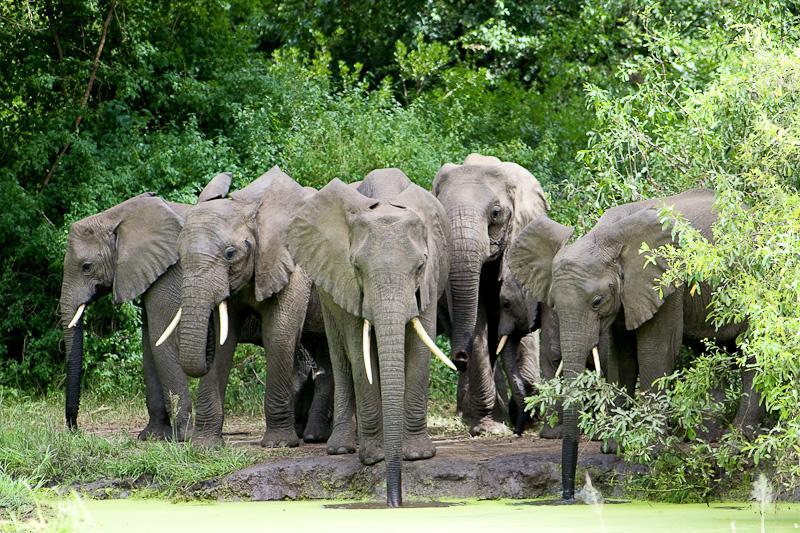
Elephant
Majestic elephants with large tusks roam the forested slopes of the Ngorongoro Crater.
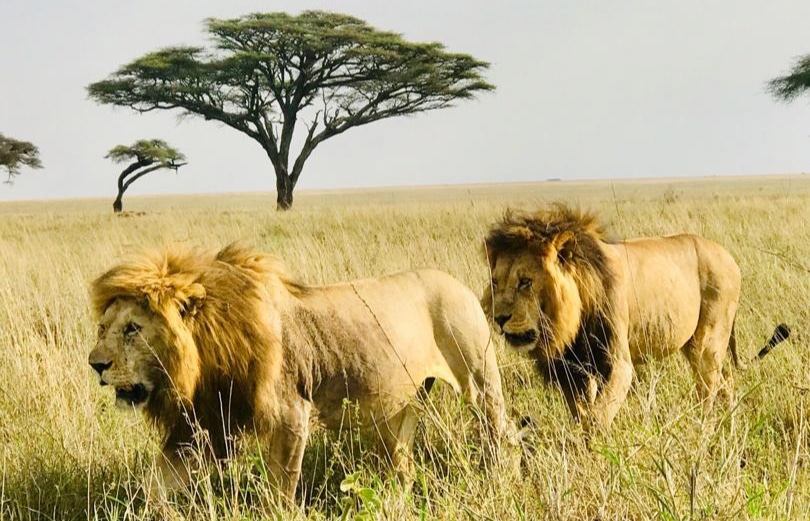
Lion
The crater is one of the best places to see lions in close proximity, often seen basking or hunting on the open floor.
Zebra677868.jfif)
Zebra
Zebras graze across the crater floor in large herds alongside wildebeests and gazelles.
Buffalo65.jfif)
Buffalo
Robust and wary, buffaloes are frequently seen in the grassy plains, often forming large herds.
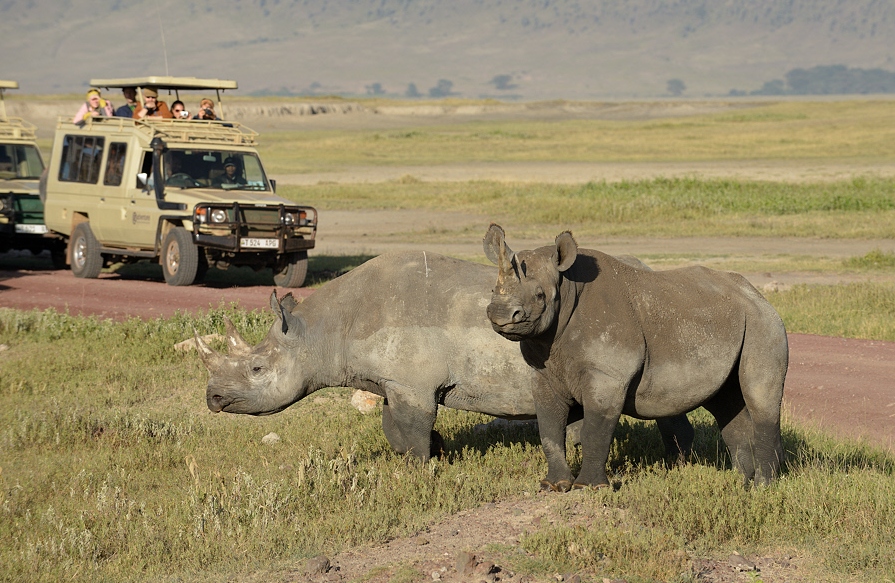
Black Rhino
Ngorongoro is one of the last strongholds for the endangered black rhino in Tanzania.
Best Time to Visit Ngorongoro National Park
Ngorongoro is a year-round destination, but the best time for wildlife viewing is during the **dry season from June to October** when animals gather near water sources. The **wet season from November to May** offers lush scenery and fewer tourists.
Highlights of Ngorongoro National Park
- Ngorongoro Crater: The world’s largest intact volcanic caldera, offering rich biodiversity.
- Lake Magadi: A shallow alkaline lake where flamingos and other birds thrive.
- Lerai Forest: A lush forest where elephants and monkeys find refuge.
- Olduvai Gorge: An archaeological site that provides insight into early human evolution.
Birds of Ngorongoro
Ngorongoro is a haven for birdwatchers with over 500 recorded species, including waterfowl, birds of prey, and forest dwellers.
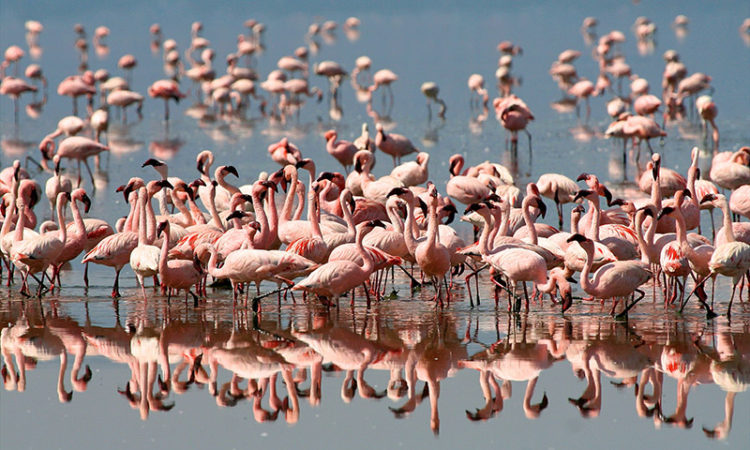
Flamingo
Thousands of flamingos gather at Lake Magadi, creating a sea of pink across the crater floor.
Grey Crowned Crane767.jfif)
Grey Crowned Crane
Elegant and striking, these birds are often seen dancing in the grasslands.
Kori Bustard7676.jfif)
Kori Bustard
One of the heaviest flying birds, frequently spotted walking through open plains.

Secretary Bird
This ground bird is known for its snake-hunting skills and long legs.
What Our Customers Say
Real stories from real people — your satisfaction is our priority.
"Our guide from Neebar Safari was phenomenal! His knowledge of the Serengeti was incredible, and he made sure we saw everything we hoped for, including a leopard! The entire trip was seamless from start to finish. Highly recommended!"
"The most romantic honeymoon we could have ever imagined. The team at Neebar took care of every detail, from the beautiful lodge in Ngorongoro to the stunning beach villa in Zanzibar. It was pure magic. Thank you!"
"As a solo traveler, safety and good company were important to me. Neebar Safari delivered on both. I joined a group tour to Kilimanjaro, and the guides and porters were professional, encouraging, and made the tough climb an unforgettable success!"
"From the first email to the final drop-off at the airport, the communication and organization were flawless. Neebar African Safari truly cares about their clients. I will be booking with them again for my next African adventure."
"We booked a family safari and it exceeded all our expectations. The kids are still talking about the elephants in Tarangire. The vehicle was comfortable, and our guide was fantastic with the children. A 5-star experience!"
🌄 Discover the Best Places to Stay & Explore in Ngorongoro National Park
Hand-picked lodges and camps for your unforgettable crater and highlands adventure.
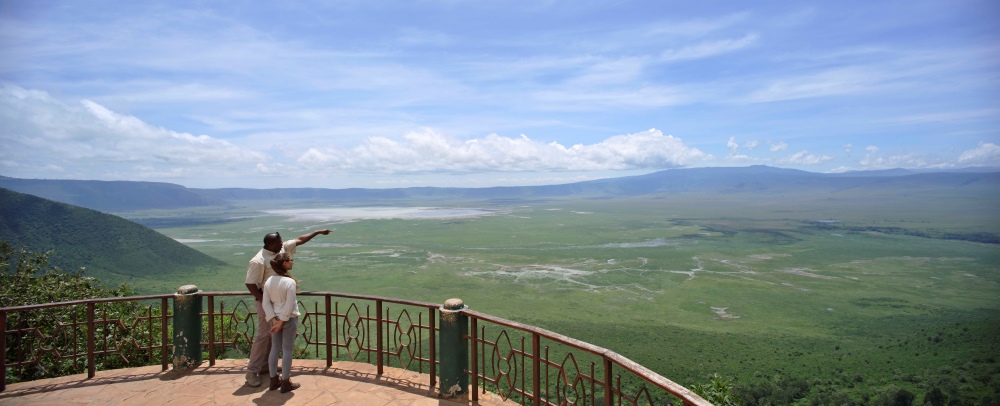
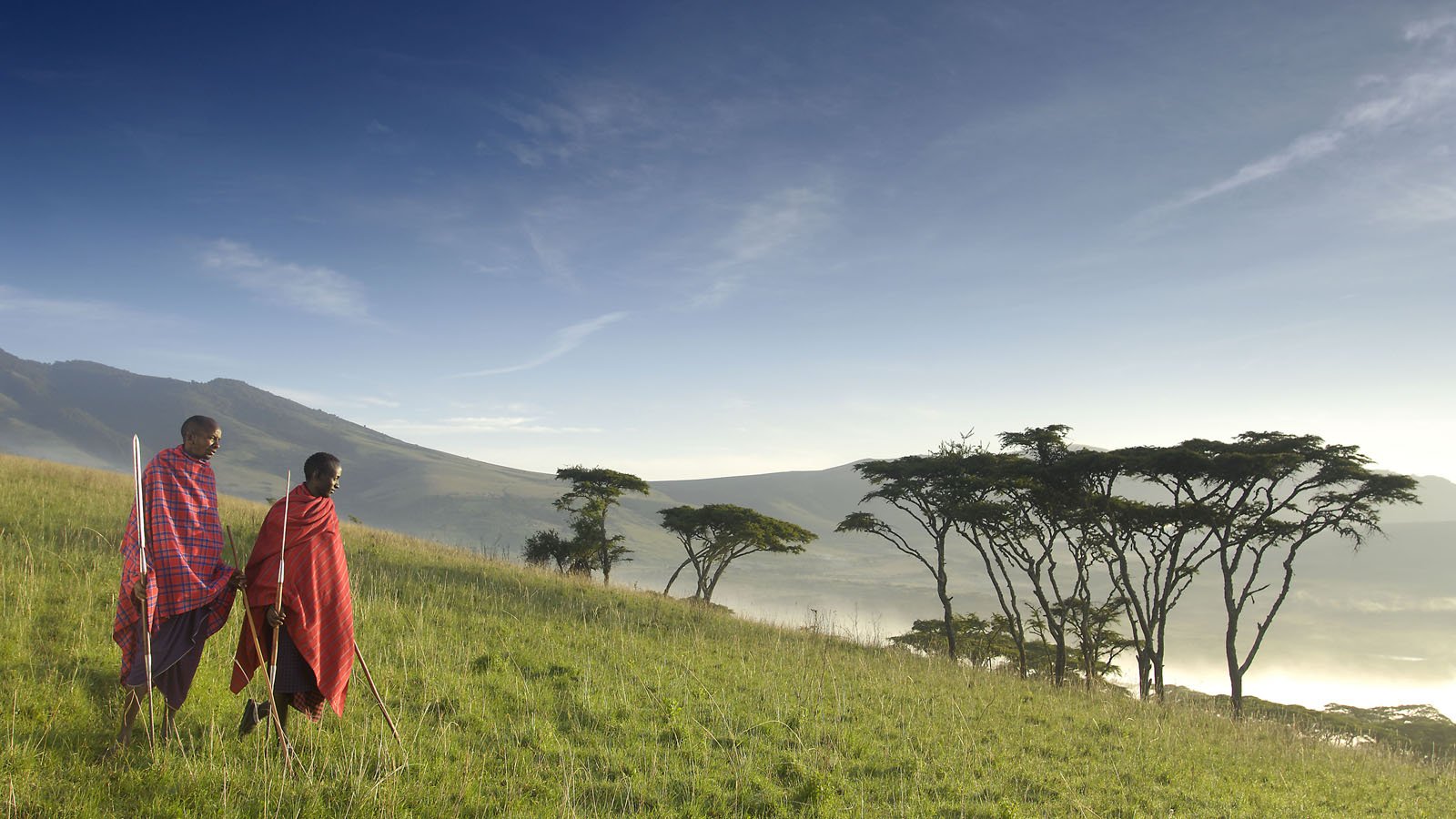
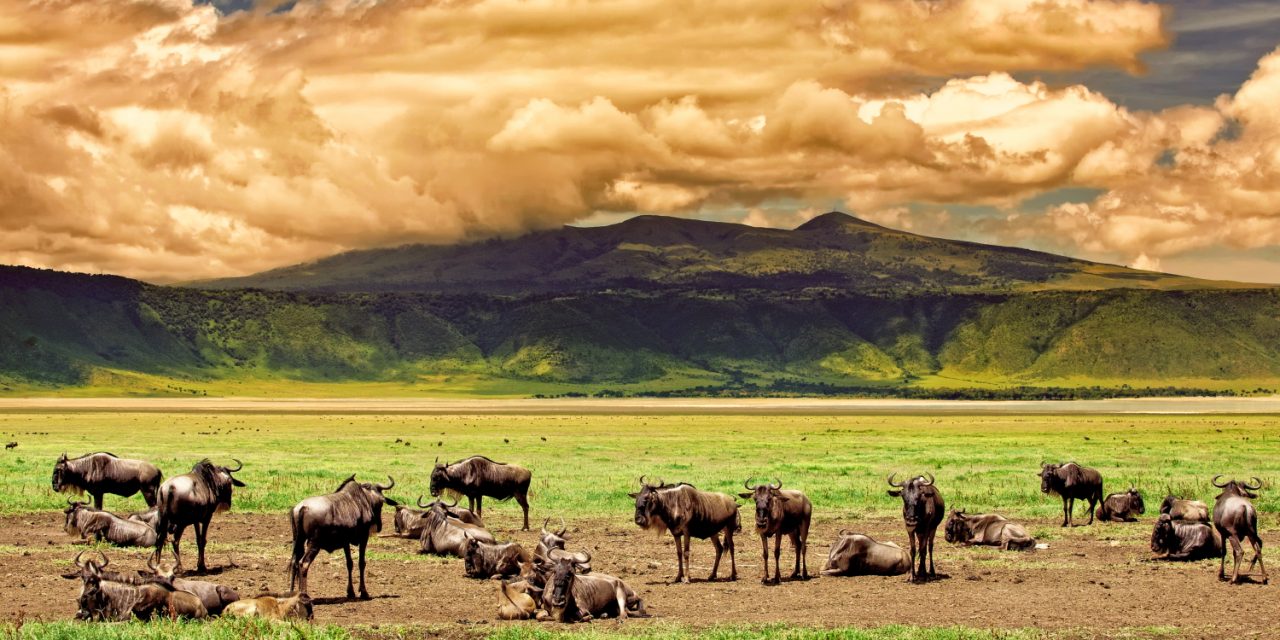
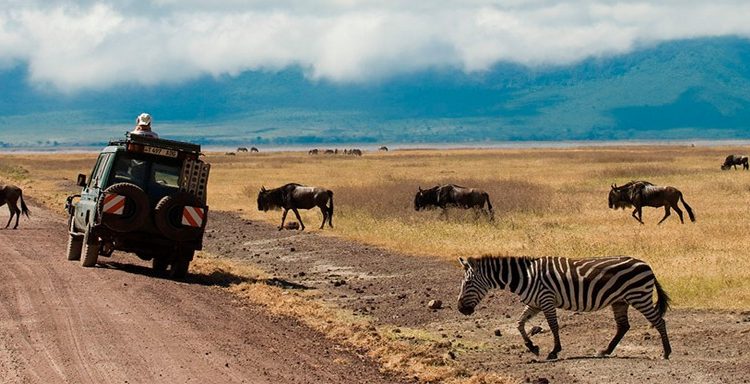
ngorongo.jpg)
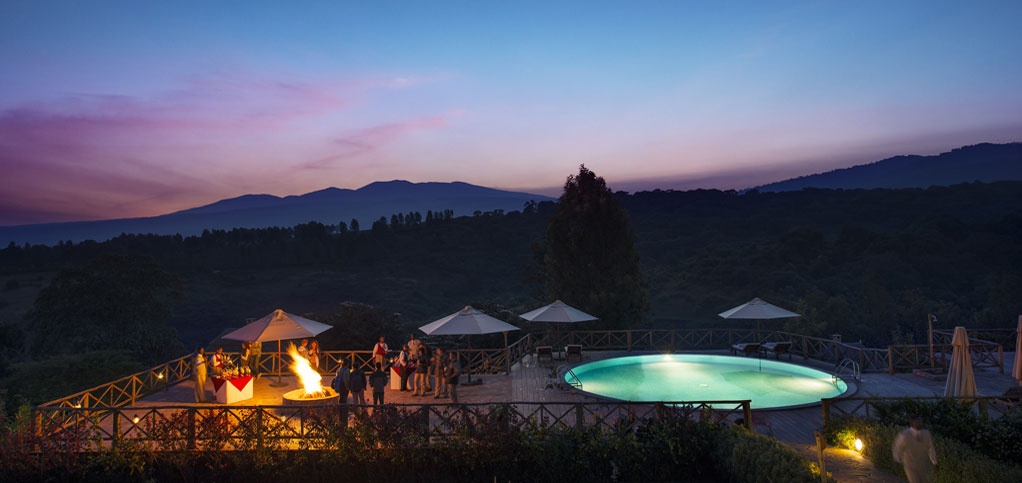
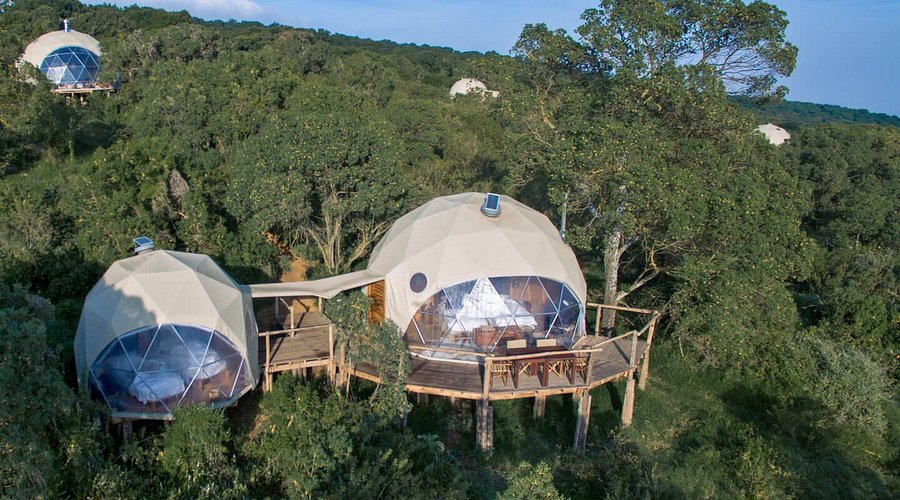
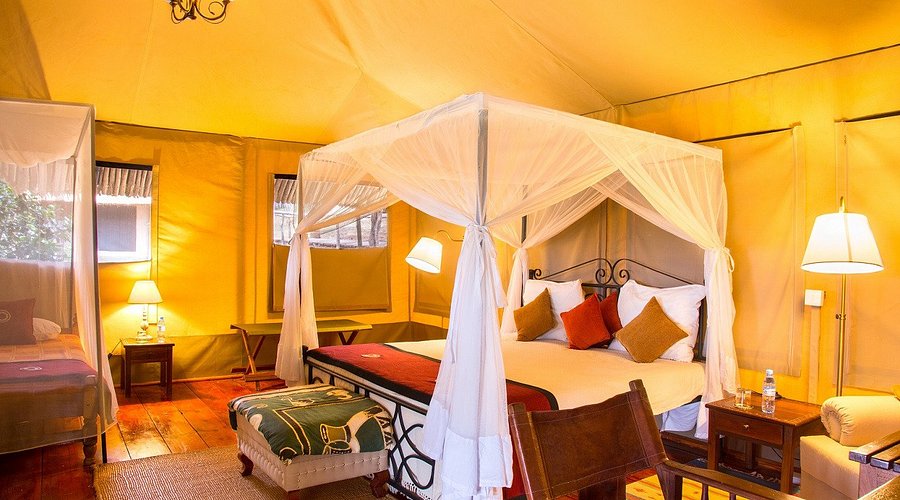
Rhino Lodge5gy.jfif)

